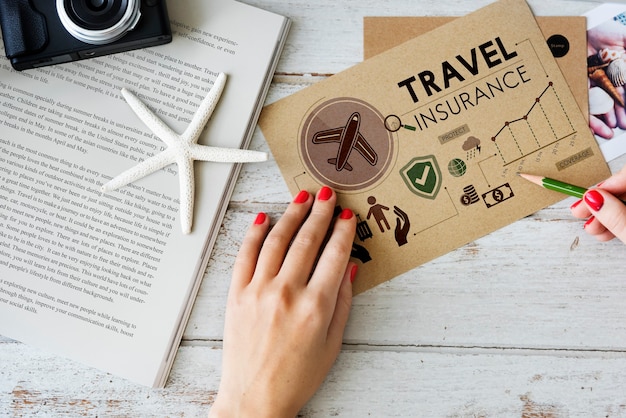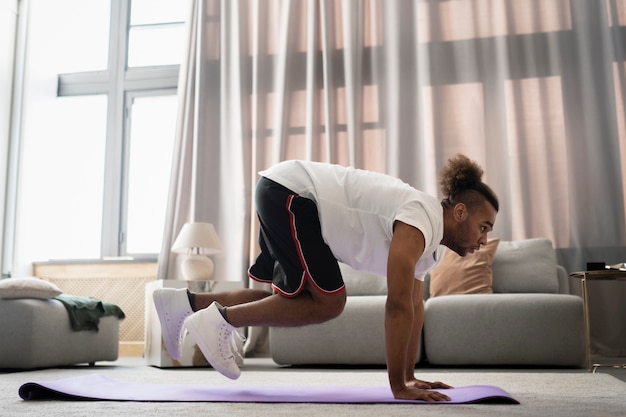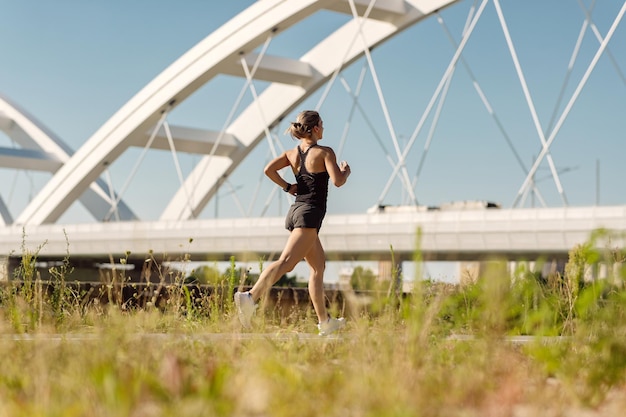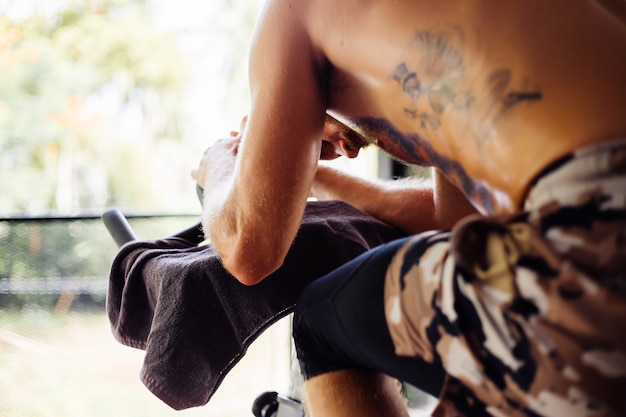Traveling is exciting, but it often disrupts routines—especially when it comes to recovery, rehabilitation, or maintaining physical health. Whether you're recovering from an injury, managing chronic pain, or simply trying to stay active while on the move, a structured rehab plan is essential. This comprehensive checklist offers practical advice, tracking strategies, and motivation cues to keep you on track no matter where your journey takes you.
Sitting for long hours on planes, walking unfamiliar terrain, or adapting to new time zones can strain your body. Without consistent rehab efforts, minor discomforts can turn into setbacks. A personalized rehab checklist ensures you maintain progress, prevent re-injury, and adapt your routine to changing environments.

Consistency is key. Design a flexible daily routine that includes:

Track your symptoms daily using a simple scale (1–10) for pain, stiffness, or fatigue. Note any triggers such as prolonged sitting, walking on uneven surfaces, or changes in weather. Use a journal or mobile app to log observations and adjust activities accordingly.
Dehydration can worsen muscle stiffness and delay recovery. Aim for at least 2 liters of water daily, especially during flights or in hot climates. Include anti-inflammatory foods like berries, leafy greens, nuts, and fatty fish in your meals. Avoid excessive alcohol and processed foods that may increase inflammation.
Quality sleep is crucial for healing. Use travel pillows, earplugs, or eye masks to improve rest in unfamiliar environments. Maintain a consistent sleep schedule as much as possible, even across time zones. Consider short naps (20–30 minutes) to recharge without disrupting nighttime sleep.
Tracking keeps you accountable and helps identify patterns. Choose one or more of these tools:
Motivation can dip when routines are disrupted. Use these cues to stay inspired:
Travel brings unpredictability. If you miss a session, don’t give up. Adjust your plan—shorten workouts, focus on breathing or mindfulness, or do seated stretches during transit. Flexibility in execution ensures long-term success.
Rehabilitation doesn’t stop when you leave home. With the right tools, mindset, and structure, you can maintain progress and even enhance your recovery while exploring the world.

Wellness

Wellness

Wellness

Wellness

Wellness

Wellness

Fitness

Fitness

Fitness

Fitness

Fitness

Fitness

Health

Fitness

Health

Health